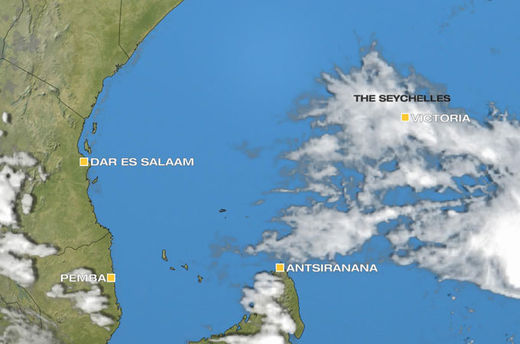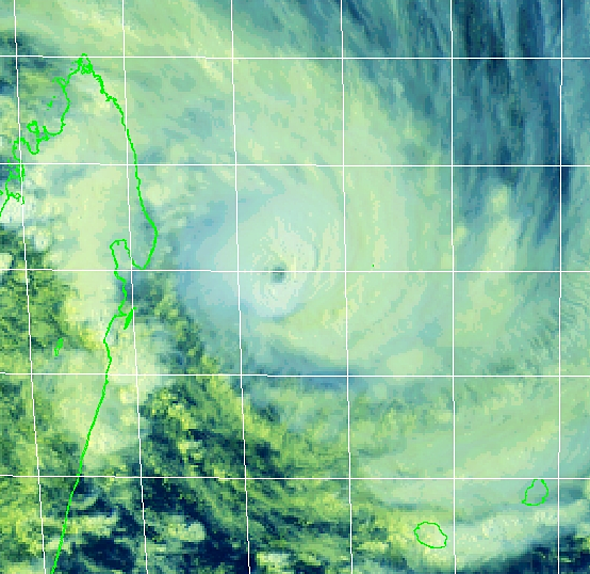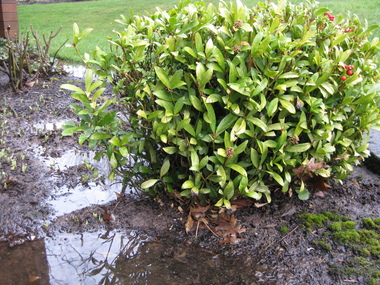Last week, a much discussed new
paper in the journal
Nature seemed to suggest to some that we needn't worry too much about the melting of Greenland, the mile-thick mass of ice at the top of the globe. The research found that the Greenland ice sheet seems to have survived a previous warm period in Earth's history - the
Eemian period, some 126,000 years ago - without vanishing (although it did melt considerably).
But Ohio State glaciologist Jason Box isn't buying it.
At Monday's
Climate Desk Live briefing in Washington, D.C., Box, who has visited Greenland 23 times to track its changing climate, explained that we've already pushed atmospheric carbon dioxide 40 percent beyond Eemian levels. What's more, levels of atmospheric methane are a dramatic 240 percent higher - both with no signs of stopping. "There is no analogue for that in the ice record," said Box.
And that's not all. The present mass scale human burning of trees and vegetation for clearing land and building fires, plus our pumping of aerosols into the atmosphere from human pollution, weren't happening during the Eemian. These human activities are darkening Greenland's icy surface, and weakening its ability to bounce incoming sunlight back away from the planet. Instead, more light is absorbed, leading to more melting, in a classic feedback process that is hard to slow down.





Comment: This article is obviously bent on spewing the 'human caused global-warming' schtick. The reader may enjoy more Climate Change Swindlers and the Political Agenda. And as far as worrying about 'sea rise flooding', read
Forget About Global Warming: We're One Step From Extinction!